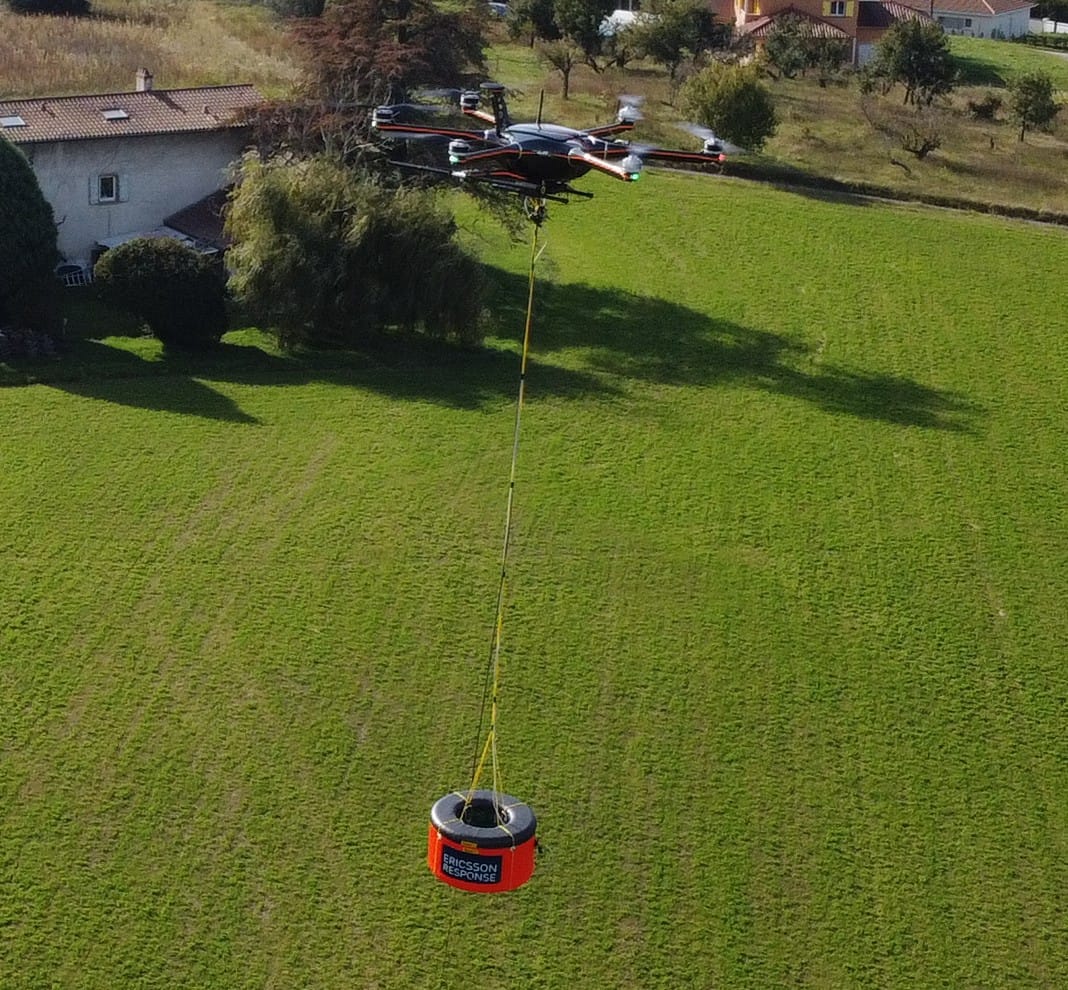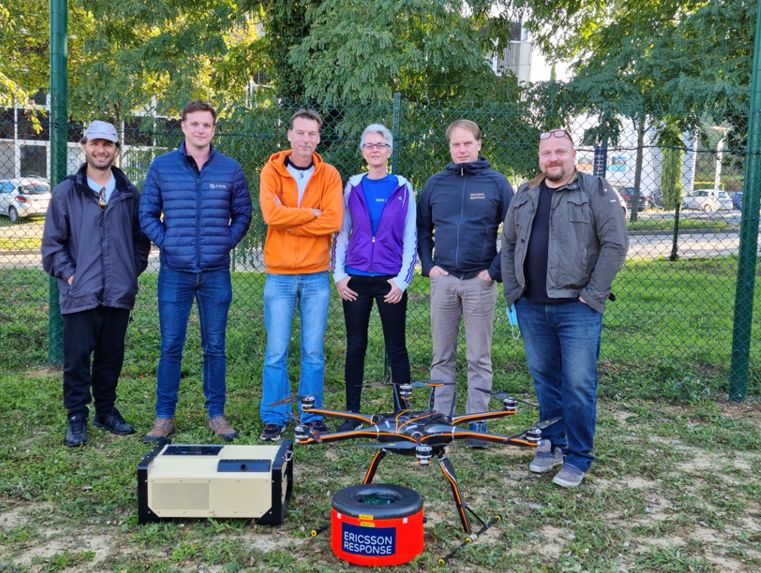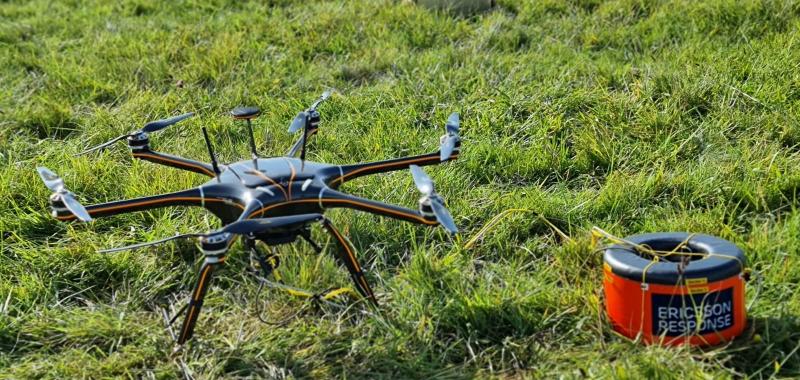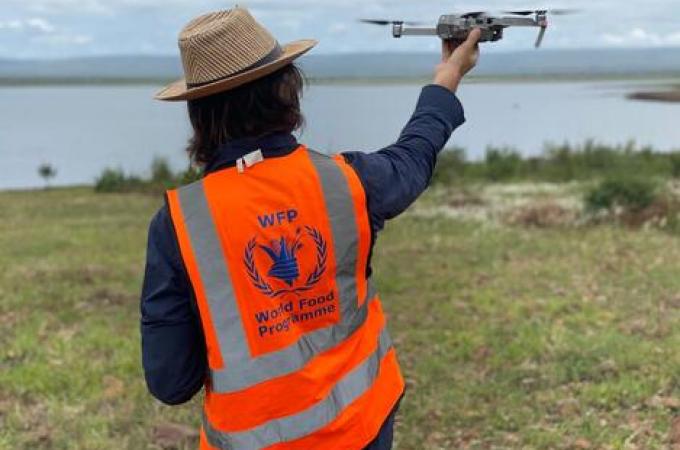During emergencies, telecommunications networks are often destroyed resulting in connectivity issues that negatively affect productivity and efficiency in emergency response. Current solutions mean that responders are only able to communicate in a very limited area, resulting in thousands of responders confined to small spaces.
Project overview
The Rapid Response Connectivity Carrier (R2C2) is an easily-transportable 90-metre communications tower that enables communications in emergency response.
The Rapid Response Connectivity Carrier (R2C2), from the WFP Emergency Preparedness and Response unit and Regional Bureau of Johannesburg is a portable 90-metre tower with a tethered drone and 4G transmitter, providing 24/7 coverage over 72 square kilometers. It improves coordination, cuts rescue times and saves hundreds of work hours daily.
Successfully tested in Sweden, it is being explored for deployment in other countries, with potential to expand access to communities using low-cost 4G-enabled WiFi routers.

The WFP Innovation Accelerator helped the R2C2 team refine their prototypes through innovation coaching and a solution testing roadmap. The R2C2 team also received support in forming industry partnerships. As part of the WFP Humanitarian Venture Accelerator, they tested their LTE model with technical support from Google mentors.
R2C2 has improved response and efficiency in providing communications services to both humanitarian responders and the affected communities. By connecting communities with its tethered drone model, it reduces the cost per user of connectivity from US$40 per user to US$4. By flying 24 hours per day, it can potentially connect thousands of affected people.





